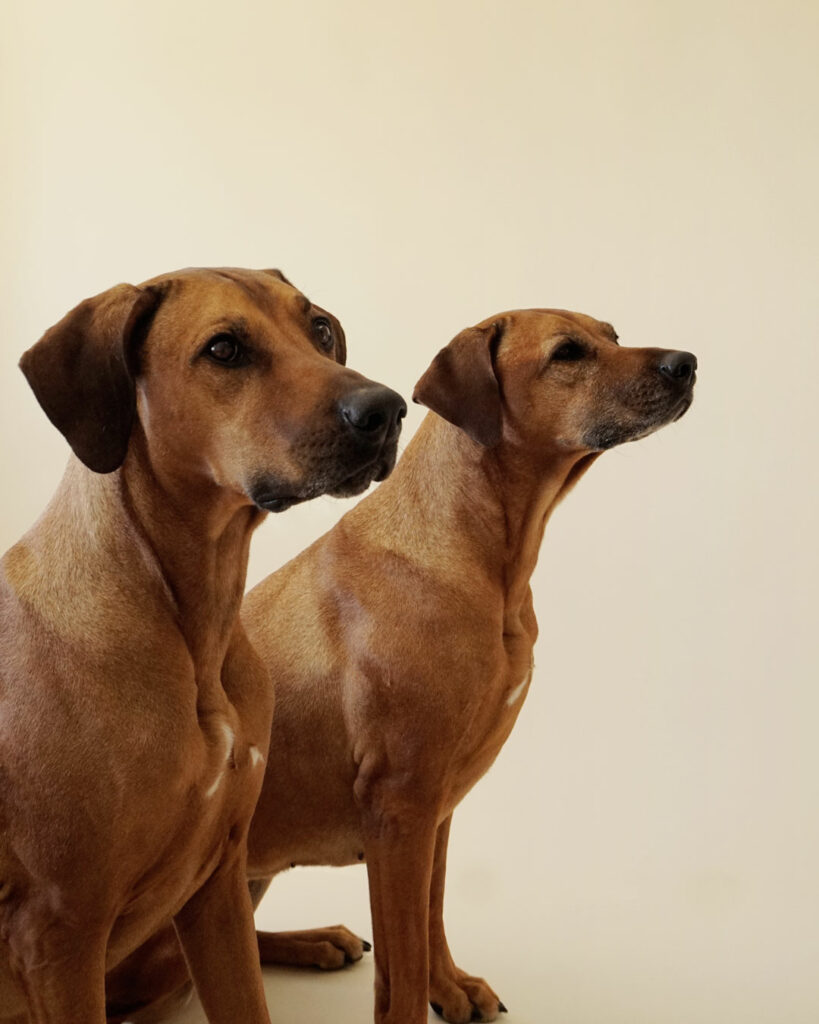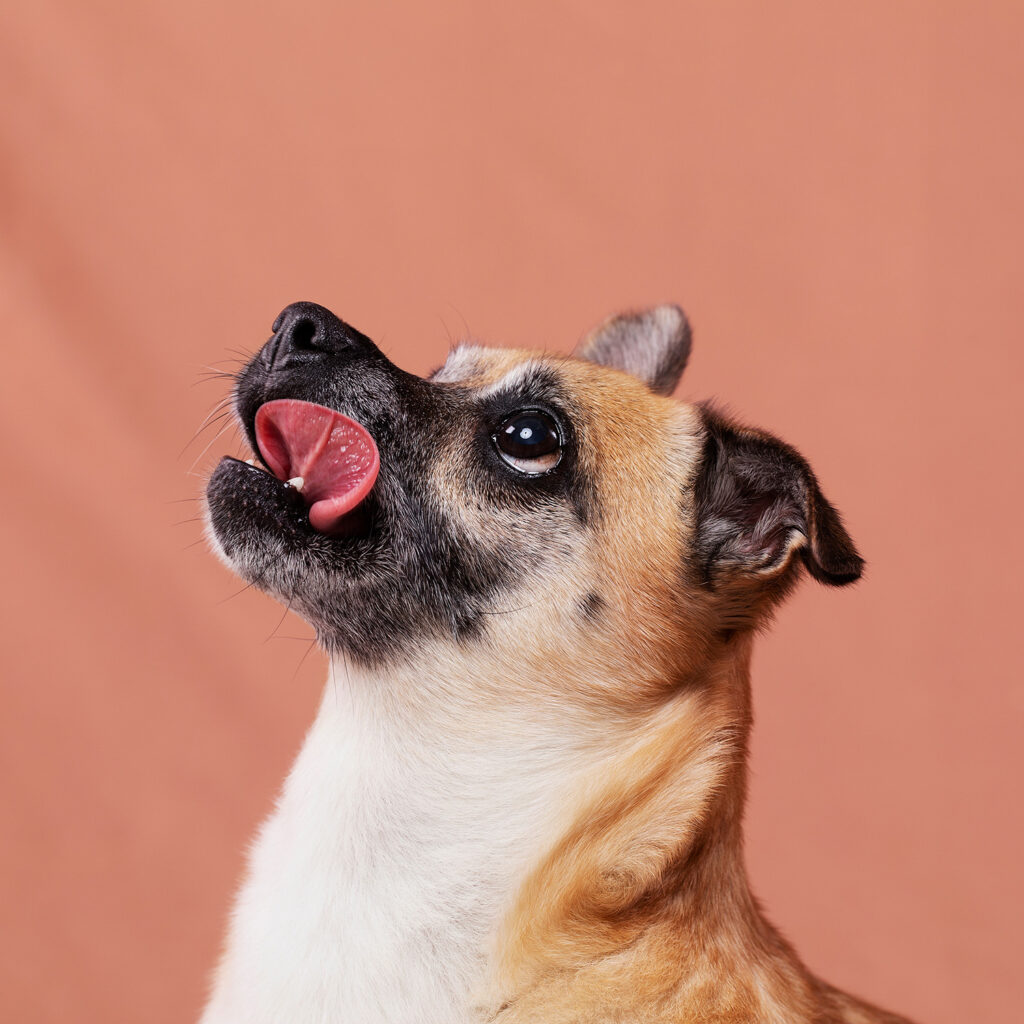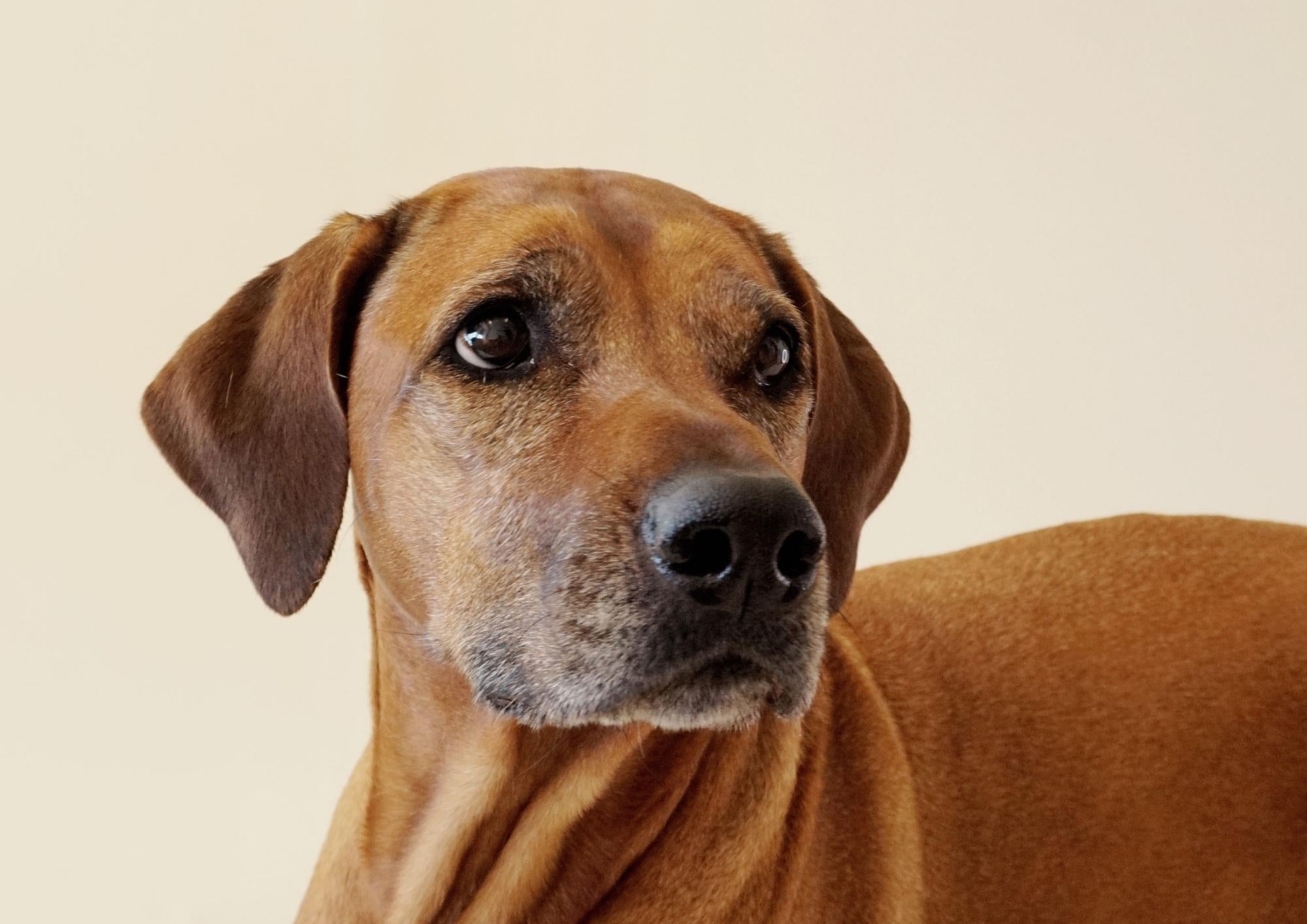As a dog ages, its nutritional needs change, and it's a good idea for the owner to update their knowledge about what should be in their dog's food bowl. Alvar's veterinarian Henna explains what should be considered in senior dog feeding from the perspective of the dog’s overall well-being.
Feeding an Aging Dog
As dogs age, numerous gradual changes occur in their bodies, which are a natural part of aging. Complete and balanced diets designed for senior dogs are specifically formulated to support the well-being of older dogs in many ways.
The timing of the changes associated with aging is influenced by the dog’s size and breed. Small dogs often live longer, so their aging process may start later than that of larger dogs. On average, the first signs of aging in many dogs start around 7-8 years of age, so it's a good time to pay attention to the dog's diet and any potential changes it might need.
It’s also important to remember that many of the changes associated with aging are not visible on the outside. Therefore, there’s no need to wait for clear signs of aging in the dog before switching its food. Supporting the dog’s healthy aging process, such as reviewing its diet and making it ideal for senior dogs, should begin well before visible signs of aging appear.

Changes in Eating Habits Due to Aging
Appetite
The aging dog’s senses may weaken, leading to changes in its appetite. The loss of smell, which is crucial to dogs, can reduce the palatability of food. In such cases, a highly aromatic and flavorful food might be a good choice for an older dog. Wet food, with its stronger aroma compared to dry food, can be a good solution, and the food can even be warmed slightly to enhance the scent.
Soft food is also suitable for dogs who have lost teeth with age, making eating more difficult. However, feeding softer food is not a solution for untreated dental problems. Maintaining dental health in collaboration with a veterinarian is essential for the general health of an aging dog.
From Alvar's dry food range, we recommend options such as Light/Fish and Senior/Chicken for aging dogs. To enhance the palatability of the kibble, you can add Alvar's Chicken Topper or Wild Fish Topper wet food to the meal.
Weight Management and Joint Health
As an aging dog’s step may slow down and its activity level may be lower than that of a younger dog, special attention should be given to weight management in its diet.
Instead of just reducing portion sizes, it’s a good idea to choose food for senior dogs that contains fewer calories (energy). This allows the portion size to stay the same without reducing the intake of nutrients. The nutritional fibers in lighter foods also support the dog’s feeling of fullness. If the dog starts losing weight, a fattier, more calorie-dense food should be selected.
To maintain muscle condition and slow down age-related muscle loss (sarcopenia), the food should contain enough highly digestible protein.
To support stiffening joints, the diet can include nutrients that support joint health, such as omega-3 fatty acids, glucosamine, and chondroitin.
Brain Function
Changes also occur in the dog’s cognitive functions as it ages. The dog may appear a bit senile, its sleep-wake cycle may change, or it may have difficulty perceiving time and space. An older dog may bark in front of an open door trying to go outside, or ask for food shortly after having just eaten.
To support brain and nervous system function in senior dogs, the food should contain a good amount of polyunsaturated omega-3 fatty acids, which are important structural components of brain and nerve cell membranes, as well as antioxidants that help reduce the effects of oxidative stress that increases with aging.
Certain amino acids, such as tryptophan, may have beneficial effects on regulating the production of neurotransmitters. The amount of phospholipids in the food can influence the communication between cell membranes.
All of these nutrients can be included in a senior dog’s diet by using a variety of raw materials or supplementing ready-made food recipes with added ingredients.
Other Considerations
With aging, nutrient absorption may slightly decrease. Therefore, it’s important that the food for an older dog is highly digestible to ensure nutrients are effectively absorbed into the body. As the dog’s skin and coat thin, the food should also include plenty of nutrients that support skin health.
Skin and Coat Health
To support the thinning skin and coat of an aging dog, the food should contain plenty of nutrients that promote skin health.
The food for an aging dog should have plenty of protein, as it affects hair growth and skin renewal. Omega fatty acids improve skin hydration and reduce skin irritation. Vitamin A supports skin renewal and reduces flakiness. B vitamins help regenerate the skin’s fatty layer. Trace elements like zinc support skin wound healing and hair growth.
It’s important to note that changes in the diet will show up on the dog’s skin with a delay. Visible changes are often noticed only after about two months of use when the skin renews, and new hair begins to grow.

Supplements for an Aging Dog’s Diet
All of the above nutrients can be added to a senior dog’s diet using a variety of raw materials or by supplementing ready-made food recipes with additional ingredients.
Primarily, the food for an elderly dog should be of high quality and easily digestible, so nutrients are effectively absorbed into the body. With aging, nutrient absorption may slightly decrease.
Alvar’s product range includes supplements that can be added to the dog’s daily meals.
Alvar's Wild Fish Oil is an excellent omega-3 fatty acid boost for dogs. It supports the joint, coat, skin, and brain health of aging dogs and enhances the flavor of the food.
Tip: For leaner senior dogs, Alvar's Digestion/Duck is a great option since it contains no fish. Alvar's Wild Fish Oil is particularly beneficial when added to this kibble to provide valuable EPA and DHA fatty acids for aging dogs.
Alvar’s Hemp Oil is the choice when the dog’s skin needs elasticity and extra shine. The richness and nutty flavor of hemp oil may also appeal to pickier eaters.




